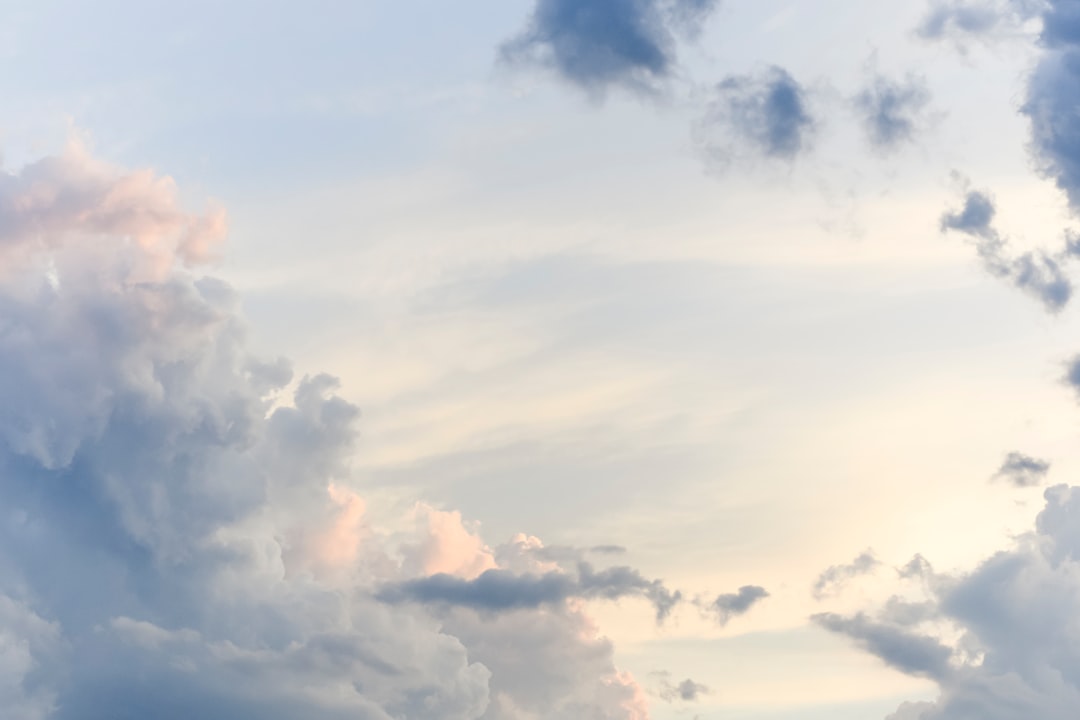Cloudy days offer beautiful scenes, but can make it difficult to capture the beauty in your pictures.
If you are shooting nature images, clouds can make for great backgrounds. Shooting in the middle of a light shower can lead to interesting and unusual patterns and shapes in the sky.
Shooting at dawn or dusk can produce interesting lighting and allow you to catch interesting cloud shapes and patterns in the sky.
If you shoot in bright sunlight, clouds can add interest and texture to the picture, while shadows under trees and buildings can be quite dramatic.
As long as you use the right lens to shoot the scene, a cloudy day can be a lot of fun.
A wide angle lens can add a nice wide field of view and let you include other elements in the picture. A telephoto lens can reduce the depth of field, making distant objects less blurred. If you have a tripod, you can use a slow shutter speed to blur the moving clouds in your pictures.
Make sure your camera settings are right for the conditions:
Set your ISO high so your camera can capture a brighter image. Your camera can usually set the ISO automatically.
The aperture setting needs to be adjusted to the distance to the subject. If you are close to the subject (such as under a tree) then your aperture should be smaller to let more light into the lens and allow you to see the detail. If you are far away from your subject, your aperture should be larger.
The shutter speed should be slow so that the clouds are slightly blurred. You can do this by holding your finger over the shutter button for longer.
Keep checking the viewfinder to see if the exposure is correct.
Checking your images on the computer is a good way to see how you have done. If your pictures look too dark, try opening the image up in Photoshop or another photo editor program. Adjust the brightness and contrast.
Do you like taking pictures in the rain?
Rainy days can create lots of different effects in your photographs. If you are shooting landscapes, a few puddles can add a splash of colour and some extra textures. You can even have fun creating interesting patterns on the ground. You can take advantage of the reflections in water to make unique images.
If you are photographing animals, you might want to do a little research into the weather forecast. For example, if it is raining heavily and there is a risk of lightning storms, make sure you are safe. If it is a windy, rainy day, you may be able to use the wind in your picture. Use the direction of the wind to create a natural flowing movement. If there is a lot of water on the ground, try photographing from above, shooting down on the ground. It will give you a unique perspective and show the water in a new way.
When it is sunny, you can get some lovely natural sunlight in your pictures. Try shooting at the end of the day when the sun is low in the sky. This will give you a soft, golden light. It can be tricky to get a good exposure in this light, so use a tripod or a fast shutter speed.
If you are photographing people, a cloudy day can make for some interesting backdrops. The bright sky will help your subjects stand out against the dark background.
If you are shooting at dawn or dusk, the clouds will provide a beautiful backdrop. The clouds can be lit up by the early morning or late afternoon sunshine.
What is your favourite cloudy day picture?
Can you think of any special cloudy day photo you have taken? We would love to see it. Send us a photograph, along with the story behind it, to [email protected]
If you are interested in taking photos of clouds, here are some tips to help you get started:
- Shoot early in the morning or late in the afternoon.
- Use a wide angle lens.
- Use a tripod or go for a long exposure shot to blur the clouds in the picture.
- Get out of the house and try photographing in your local park or city.
- Have a go with your new smartphone.
- Try using the flash function to lighten up your picture.
- Have fun!
The best way to take photos in overcast conditions is to use the sun to create shadows. Try to take photos early in the morning, ideally around sunrise, when the sun is just beginning to illuminate the scene.
The clouds will reflect the rays of sunlight and produce a beautiful soft glow on the ground.
If you are planning to shoot outdoors, then you should try to find a location with low walls or buildings that can act as shadows. If there is a place that has a lot of trees that provide shadows, even better.
You can also use a flash on your camera to give the final touch to your photo.
Use the lowest ISO setting on your camera to increase the sensitivity to the light. This will let you capture more details in the scene, including the details of the clouds.
With overcast conditions, a small aperture (f-stop) will also help to let more light in.
Keep your lens clean. Dust particles on the surface of the lens reduce the light’s ability to reach the image sensor. You can keep your lens clean by using a lens cap and wiping the lens surface with a micro fiber cloth.
Remember to switch off the flash before taking photos.



